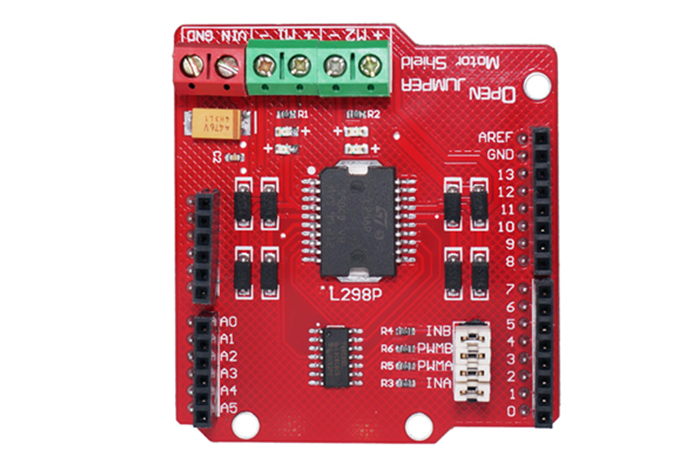What is the temperature resistance of the PCB?

What is the temperature resistance of the PCB?
In order to ensure the quality of the PCB, temperature testing is required. The purpose is to prevent the PCB from exploding, blistering, delamination and other quality problems at high temperatures, resulting in poor product quality or direct scrapping. So what is the temperature resistance of the PCB, and how to do the temperature test?
What is the temperature resistance of the PCB?
The temperature of the PCB is related to the temperature of the raw materials, solder paste, and surface components. Usually, the PCB can withstand temperatures up to 300 degrees, 5-10 seconds. In lead-free wave soldering, the temperature is about 260 degrees, and when it is lead-wave soldering, it is about 240 degrees.
PCB temperature resistance test:
1. First prepare the PCB production board and tin furnace.
Sampling 10*10cm substrate, or laminate, finished board, 5pcs, copper-containing substrate, no blistering and delamination
Substrate: 10cycle or more
Laminate: LOWCTE150 10cycle or more
High Tg material: 10cycle or more
Normal material: 5cycle or more
Finished board: LOWCTE150 5cycle or more; High Tg material 5cycle or more; Normal material 3cycle or more.
2. Set the temperature of the tin furnace to 288±5 degrees, and use a contact thermometer to measure and correct.
3. Dip flux with soft brush first , then apply it to the surface of the PCB test board, then dip the test board into tin furnace with crucible clamp cheek. After 10 sec of time, the test board is taken out and cooled to room temperature. Then check whether there are foaming, stratification and explosion problems on the test board. This is 1 cycle.
4. If the test board is found to have delamination, blistering and blasting problems, stop the test and make a record. If there is no problem, continue the cycle until the test board bursts, with 20cycle as the end point.
5. The blistering of the PCB test board needs to be sliced, understand the source of the blasting point, and take pictures.
PCB can cause some bad problems at too high a temperature. Therefore, it is necessary to know the temperature resistance of PCB of different materials, and it is necessary to carry out detailed understanding and not exceed the maximum temperature limit, so as to avoid PCB scrapping and cost saving.